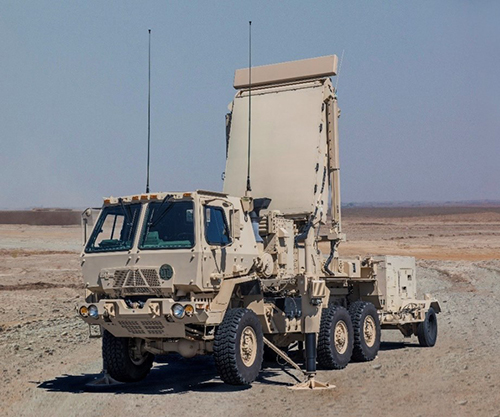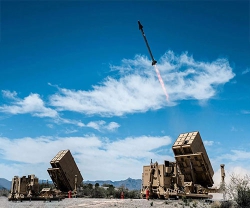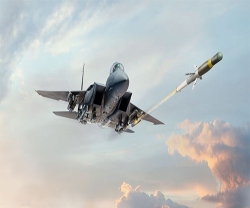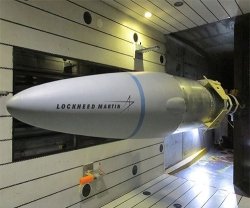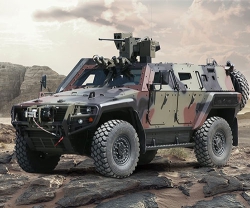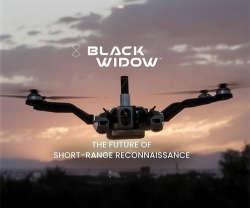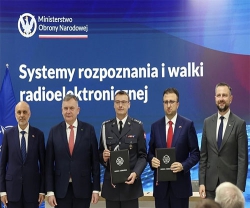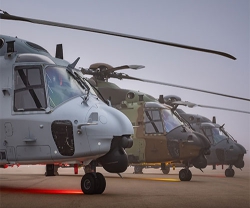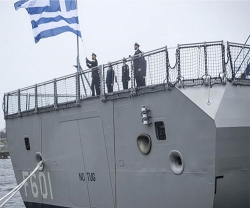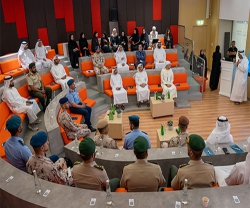The United States Army recently awarded Lockheed Martin three contracts to produce additional Q-53 systems and outfit the radar with enhanced capabilities, including extended range and counter unmanned aerial system (CUAS) surveillance.
The flexible architecture of the Army’s most modern radar allows for these upgrades, which support adaptable growth of the system to address aircraft, drone and other threats in the future.
“We realize the warfighter needs new and improved capabilities. The Q-53 represents a fast path to respond to current and emerging threats. The flexibility of the architecture continues to allow the Q-53 to provide capabilities far beyond the original mission and allows for additional upgrades in the future,” said Rick Herodes, Director of the Q-53 program at Lockheed Martin.
The Army awarded Lockheed Martin a contract for a third lot of 15 Full Rate Production systems. Once this contract is delivered the Army will own 189 Q-53 systems. The Lot 3 systems will continue to be produced using gallium nitride (GaN) transmit-receive modules. This will provide the radar with additional power, reliability and the possibility for enhanced capabilities including extended range, counterfire target acquisition (CTA) and multi-mission, which delivers simultaneous CTA and air surveillance.
Lockheed Martin was also awarded a contract to enhance the Q-53’s CUAS capability. This true multi-mission capability delivers simultaneous counterfire, CUAS and air surveillance.
Lockheed Martin was also awarded a contract by the Army that will extend the operating range of the Q-53 system by utilizing recent next-generation technology insertions already available in the radar.
The primary mission of the Q-53 is to protect troops in combat by detecting, classifying, tracking and identifying the location of enemy indirect fire in either 90 or 360-degree modes. The Q-53 has protected warfighters around the world since 2010.
Lockheed Martin uses an open GaN foundry model, leveraging relationships with commercial suppliers that utilize the power of the expansive telecommunications market to provide military-grade GaN modules while taking advantage of commercial cost efficiencies.
Headquartered in Bethesda, Maryland, Lockheed Martin is a global security and aerospace company that employs approximately 105,000 people worldwide and is principally engaged in the research, design, development, manufacture, integration and sustainment of advanced technology systems, products and services.

